Pop Art
Pop Art
is a movement which appeared suddenly in the 1950's and became a popular type
of art in the 1960's, the type of things which are usually involved in pop art
are things that are involved in popular culture, mass media and what people see
in everyday life, because of this it created a lot of debate whether it was a
real art form seeing as before pop art the usual art which you would see would
be of things such as mythology, history and more rather than everyday objects
and very common things. Pop art was done in a very distinct, colourful and eye
catching style, it was because of this it was used so heavily in advertising,
newspaper and magazines. the style would usually involve a lot of bright,
contrasting colours and would have a lot of influence from the style of comic
books and illustrations, another big feature of pop art would be the overlapping
on images which were already available to the artists for example images from
things like magazines, advertisements, newspapers, photographs and many more,
because of this like the fact that they included very common things it created
a lot of debate towards the art form.
There is
a lot of debate when it comes to where pop art originated from, whether it was
Richard Hamilton, a British artist who created a piece called "Just What
Is It That Makes Today's Homes So Different, So Appealing" in 1956 or whether
it was Jasper Johns with a piece of work called "Flag" which was a
painting of the American flag and was created in 1955. You can see that the
style of pop art is influenced and originates from art that you would usually
see in comic books and art which would be used as illustrations, but it was
also heavily influenced by other art moments such as surrealism, neo-dada and
abstract expressionism.
The main reason pop art was
created and the main idea behind it was to close the gap between "high
art" which would be art with a high value and art which is only used for
its aesthetics and "low art" which is art that has a low price and
usually has a function behind it for example something like an advertisement or
a magazine illustration, the movements aim was also to crush the idea of a
hierarchy in art and that art can come from anybody, anywhere. A big thing that
helped pop art achieve these things was the use of common things in the image
for example a piece of work by Andy Warhol called "coca cola" which
was just a black and white coca cola bottle with the logo next to it, but
because it was so simple and involved something that was very recognizable
Andy's work and many other pieces of pop art were criticized for lacking
originality.
Andy Warhol
Andy
Warhol was an artist born on august the 6th, 1928 in Pittsburgh, Pennsylvanian,
USA. His art first started when he got a degree in fine art after graduating
from college, once he got his degree he moved to New York where he worked
as a very successful illustrator for a glamour magazine. Once people started
seeing his work and started getting familiar with his work he then went on to
become a very famous and well known commercial artist, he was well
known because he had a very recognizable technique and style
which was a style that used blotted lines. In the late 1950's he started
to focus on an art movement called pop art which he is most famous for and
became one of the most important figures in pop art. Andy Warhol didn't just stick to pop art he
went on to do many different art forms such as performance art,
writing and film making.
Andy Warhol - Campbell's soup cans, 1962(1)
Campbell's
soup cans is a piece of work created by Andy Warhol in 1962 and is arguably the
most famous pieces of work he has created. It’s a piece of work which contains
32 Campbell's soup cans each a different flavour to the last, I think the
reason why he did this was a personal reason, when asked about the cans of soup
he said "I used to drink it, I used to have the same lunch everyday, for
20 years, I guess the same thing over and over again"(2) because of
this quote I think while painting and producing this piece of work he was
looking back at how he used to live. Aside from this reason I think the main
point and purpose behind the cans of soup was that he wanted to achieve pop
arts main target which was to blur the lines of high and low art and I think by
painting something like a soup can which is considered a very common item he
blurred the lines very well.
Andy Warhol - Marilyn Diptych, 1962(3)
Marilyn
Diptych was a piece of work created by Andy Warhol in 1962 like Campbell's soup
cans, also like Campbell’s soup cans is it one of his most well-known and
recognizable pieces of work, it was created in the months after Marilyn Monroe’s
death in August 1962, he created many different silkscreen paintings of the
actor from one photo of her, which was an image of her from the 1953 film
Niagara. The reason he made so many was to show the lifestyle of the celebrity,
he wanted to exaggerate and show the constant presence of celebrity’s in our
culture and our media. On the left of the piece of work Marilyn has been
painted in colour but each coloured painting is different which I think was
Andy Warhol's way of telling people about the different faces some celebrity’s
put on and show us and the media, on the right of the work there are black and
white paintings of her which I think Andy Warhol used to show the 'human' side
of her as well as representing the death of her. Another thing that I think
backs up the representation of death is that some of the paintings are smudged
which could represent her downfall and her actual death.
Richard Hamilton was born in London on
February the 24th, 1922. he first started studying art at evening class as
teenager, he then went on to study painting at the Royal Academy School in
Piccadilly, while he was at the Royal Academy School he made a living in
advertising but went on to be an industrial designer in 1941, in 1946 he went
back to study painting but was expelled after disobeying the teachers rules,
after this he went on to study at Slade school of art. in 1952 Richard Hamilton
went on to create the "independent group" at the institute of
contemporary arts, the group was full of artists, writers, critics and
architects, some of the leading artist who were involved were Nigel Henderson,
Sir Eduardo Paolozzi and William Turnbull, the group later went on the be one
of the key factors in British pop art.
Richard Hamilton - Just what is it that makes today's homes so different, so appealing, 1956(4)
"Just
what is it that makes today's homes so different, so appealing?" was a
piece of work that was produced in 1956 by Richard Hamilton. It went on to be
one of the most important pieces of work and one of the key factors in pop art
and one of the most recognizable pieces of art in post-war Britain. The image
was created when Richard Hamilton was involved in an exhibition called
"This is tomorrow", this piece was the art he added to it, before
creating the piece of art Richard Hamilton created a list of things he wanted
to involve in the piece, he wanted to include "Man, Woman, Food, History,
Newspaper, Cinema, Domestic Appliances, Cars, Space, Comics, TV, Telephone,
Information, Words"(5). This
piece of art creates a lot of controversy and debate because it is argued that
either this piece of work or a piece of work called "Flag" by Jasper
Johns was the original and starter of the movement which was pop art.
Richard Hamilton - Interior II, 1964(6)
"Interior
II" was a painting created by Richard Hamilton in 1964, the painting was
done on a photo which Richard Hamilton found completely by accident on the
floor of Newcastle polytechnic while he was teaching. The panting included
actress Patricia knight from when she stared in the 1940's film Shockproof. The
reason I think Richard Hamilton has done a painting in the style of this is
because he wanted to mix the old and the modern, like pop arts main aim which
was to blur the lines between high and low art I think he has tried to blur the
line between old and new. Something that catches your eye after you have looked
at the panting is the original image in the top right which I think is a good
addition because you aren’t just focusing on the woman who’s the main focus. The
painting has a lot of vibrant, bright and eye catching colours which was predictable
at this time (1964) because it was when pop art was at its most popular and
most recognizable.
Roy Lichtenstein
Roy
Lichtenstein was an artist born in New York on October 27th, 1923. He was
exposed to various different types of New York culture such as museums and concerts
at a very young age, at a very early age he was very creative he drew, painted
and played the piano and clarinet as a teenager, he would also spend many hours
and various museums. The summer after he graduated, he studied drawing and
painting at the art student’s league of New York with fellow artist Reginald
Marsh. After being drafted to Europe in 1945 he came back to the US, in the
late 1940's and early 1950's he started focusing on his art work, and would become
one of the most famous and well-known artists when it comes to the pop art
movement.
Roy Lichtenstein - Whaam, 1963(7)
Roy
Lichtenstein painted "Whaam" in 1963. it is a piece of art that is
very recognizable when it comes to Roy himself and the whole of the pop art
movement, mainly because when it was created it was in 1963 when pop art was at
its most popular and the whole image conforms very much to the pop art style
with the bright, eye-catching colours. It
is a painting that was heavily inspired, almost a remake of an illustration
from a comic called "All American Men of War" by DC comics, the
painting could also be done from a very personal view and level from when
Lichtenstein was involved in the army. The style of the painting was very
similar to a comic books style; this made Roy Lichtenstein paintings very
recognizable, but also caused debates to whether his work, other pieces of work
along with this one were original enough.
Roy Lichtenstein - Drowning Girl, 1963(8)
Drowning
Girl was a painting by Roy Lichtenstein created in 1963 and like
"whaam" it was heavily inspired by a DC comic but this painting was inspired
by the comic "run for love!", the original image shows the girl
you can see above and her boyfriend "brad" clinging to an upside down
boat, Roy Lichtenstein completely cut the boyfriend out and chose to focus on
the girl drowning. To create this image he did it all by hand, first he
projected a sketch onto a canvas then drew in all of the black lines
and black areas, once he had done this he began to add colour to the
image. Even though the
image is done in the style of pop art and is still very recognizable,
unlike a lot of pop art there isn’t a use of bright eye-catching colours instead there are very dull and dark colour, I think he has done this because
it links to the story which is behind the image.
bibliography
(1)-http://i.kinja-img.com/gawker-media/image/upload/bb1uldq8z6fuj0hhrskv.jpg
(2)-https://www.moma.org/learn/moma_learning/andy-warhol-campbells-soup-cans-1962
(3)-https://ka-perseus-images.s3.amazonaws.com/329f84364bd08b80515b71fa830da2d2b6802c0c.jpg
(4)-http://www.phaidon.com/resource/acvr-059a.jpg(5)-http://www.tate.org.uk/art/artworks/hamilton-just-what-was-it-that-made-yesterdays-homes-so-different-so-appealing-upgrade-p20271
(6)-http://www.tate.org.uk/art/images/work/T/T00/T00912_10.jpg(7)-http://www.artfund.org/assets/what-to-see/exhibitions/2013/Lichtenstein/Lichtenstein_Whaam_1963---old.jpg
(8)https://upload.wikimedia.org/wikipedia/en/d/df/Roy_Lichtenstein_Drowning_Girl.jpg













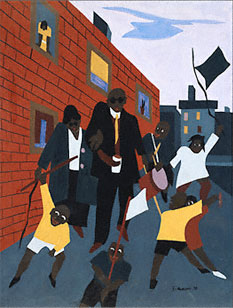
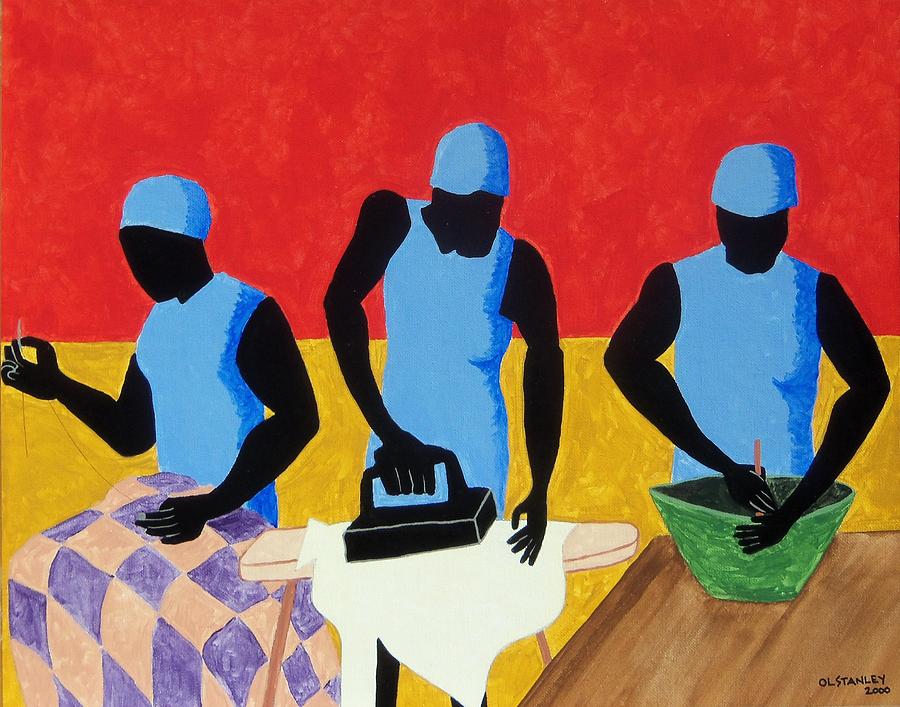


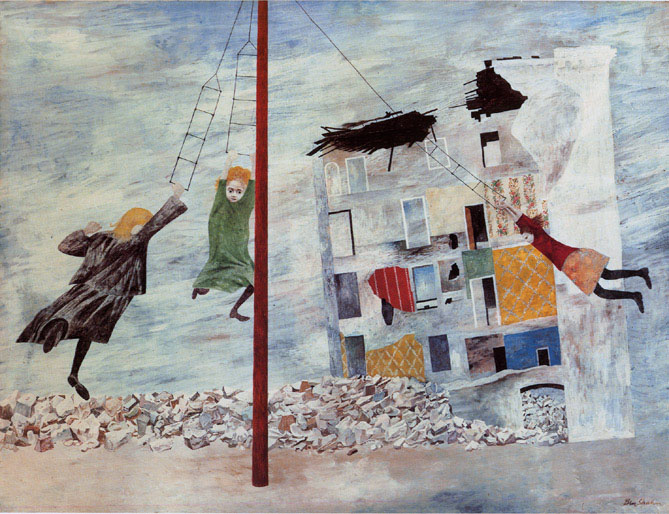








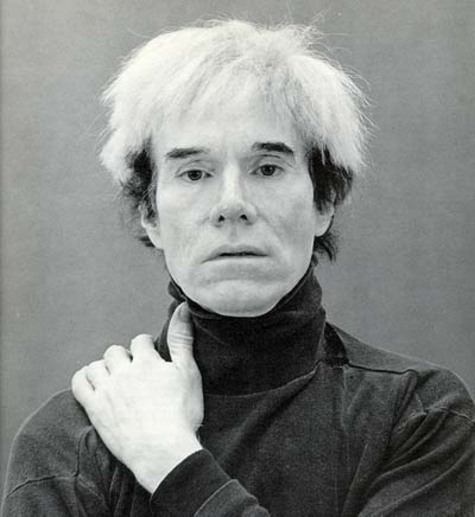
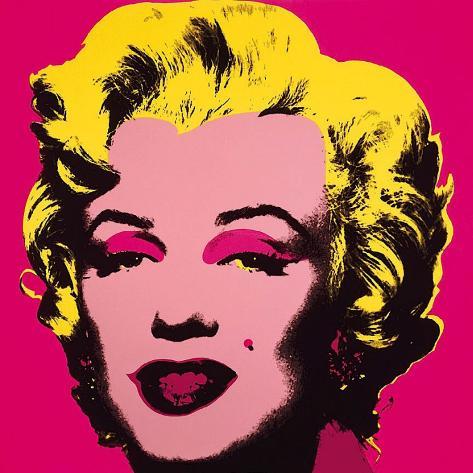
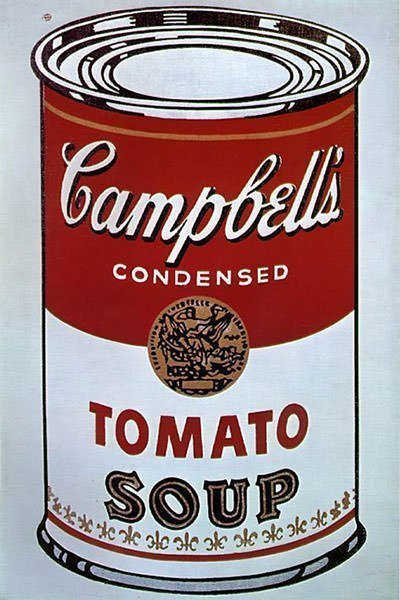
.jpg)


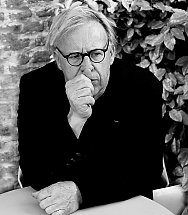

 (30)
(30)

